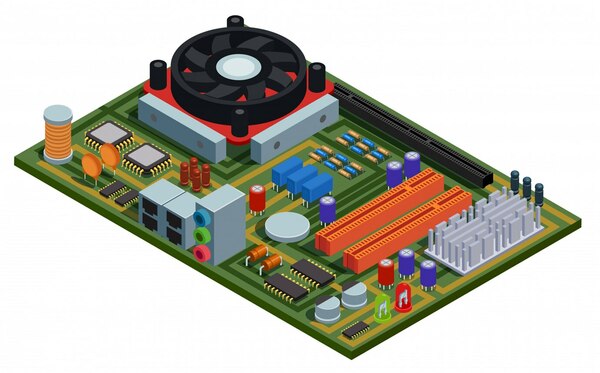Notifications
ALL BUSINESS
COMIDA
DIRECTORIES
ENTERTAINMENT
FINER THINGS
HEALTH
MARKETPLACE
MEMBER's ONLY
MONEY MATTER$
MOTIVATIONAL
NEWS & WEATHER
TECHNOLOGIA
TV NETWORKS
VIDEOS
VOTE USA 2026/2028
INVESTOR RELATIONS
COMING 2026 / 2027
ALL BUSINESS
COMIDA
DIRECTORIES
ENTERTAINMENT
FINER THINGS
HEALTH
MARKETPLACE
MEMBER's ONLY
MONEY MATTER$
MOTIVATIONAL
NEWS & WEATHER
TECHNOLOGIA
TV NETWORKS
VIDEOS
VOTE USA 2026/2028
INVESTOR RELATIONS
COMING 2026 / 2027
 Roman Johhy -
Apr 28 -
Other -
Structural health monitoring
-
217 views -
0 Comments -
0 Likes -
0 Reviews
Roman Johhy -
Apr 28 -
Other -
Structural health monitoring
-
217 views -
0 Comments -
0 Likes -
0 Reviews

Introduction
Sustainable infrastructure development is one of the most pressing challenges of the 21st century. As urbanization accelerates and the demands on infrastructure increase, ensuring that buildings, bridges, and other critical structures are safe, efficient, and sustainable has never been more important. Structural health monitoring is emerging as a key tool in the development and maintenance of sustainable infrastructure. This article delves into how SHM contributes to building more resilient and environmentally friendly structures.
Structural Health Monitoring as a Tool for Sustainability
In the context of sustainable development, structural health monitoring serves as a critical component in ensuring the longevity and efficiency of structures. By continuously monitoring the condition of infrastructure, SHM systems can help prevent unnecessary repairs and replacements, thus reducing the environmental impact associated with construction waste.
Additionally, SHM can be used to assess the performance of green building technologies, such as energy-efficient materials and renewable energy systems. By integrating sensors into these systems, engineers can gather real-time data on their effectiveness and make adjustments to improve performance, further contributing to sustainability goals.
The Future of Structural Health Monitoring in Infrastructure
Looking ahead, the future of structural health monitoring is closely linked to advancements in 3D data collection and predictive analytics. As technologies continue to evolve, SHM systems will become even more sophisticated, providing deeper insights into the health of infrastructure. For instance, the combination of 3D modeling and real-time sensor data will allow engineers to simulate how a structure will perform over time under different conditions, aiding in more effective decision-making for both maintenance and design.
Conclusion
As cities and communities continue to expand, the need for sustainable infrastructure has become more crucial than ever. Structural health monitoring offers a way to ensure that these structures remain safe, efficient, and environmentally friendly. By integrating SHM systems into infrastructure development, we can build smarter, more sustainable cities that are better equipped to meet the challenges of the future.
